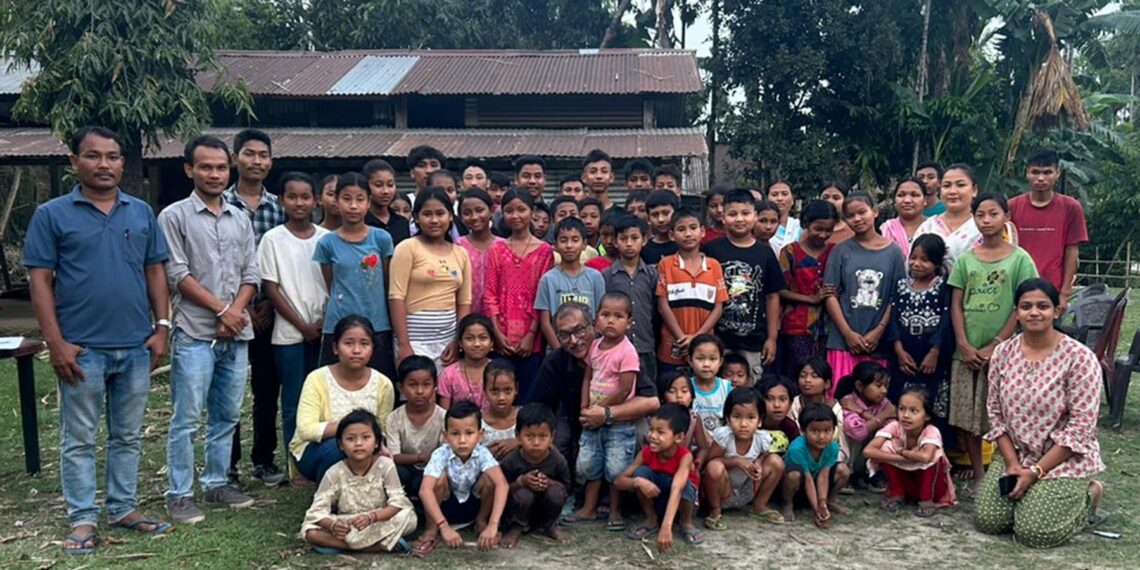GUWAHATI: In an effort to enhance conservation awareness among teenagers, a two-day educational programme on homestead gardens was held at Karebari, Bhuyanpara Range, within the Manas National Park on Wednesday.
Organised by biodiversity conservation organisation Aaranyak, as a part of its “Connecting Children to their Homestead Gardens”, the event targeted students aged 15 to 17.
Held at the Karebari Jwngsar Bijab Khuli Afad (village library), the programme, conceptualised by the Natural Resource Management Programme, saw the participation of 31 students, accompanied by their mothers and members of the village youth group.
The programme aimed to familiarise participants with biodiversity, particularly in their own homestead gardens, by honing their observation skills and encouraging discussions with their elders about the diverse flora and fauna found there.
The event included a pre-assessment of students’ knowledge of biodiversity, followed by activities focusing on observation, identification, documentation, and restoration of rare and locally threatened plant species in homestead gardens.
During the sessions, students were divided into groups to compile lists of plants, animals, and edibles commonly found in their home gardens, noting their social and cultural significance.
Younger students were tasked with drawing using natural colours under the guidance of their mothers.
In further activities, students conducted surveys of homestead gardens in the village, recording the flora and fauna present.
With enthusiasm, all groups completed their tasks within the designated time frame.
The programme was led by Aaranyak’s trained volunteers and expert field team, including Saikhong Basumatary, Bijay Basumatary, Barnali Chakraborty, Swapan Kumar Das, and Stephen Basumatary, under the supervision of Dr Jayanta Kumar Sarma.
Supported by the IUCN-KfW project “Securing populations of tigers, habitats, and biological corridors in Assam, India”, this sensitisation effort marks the beginning of a series of similar programmes planned for ten selected villages around the Manas Tiger Reserve.















